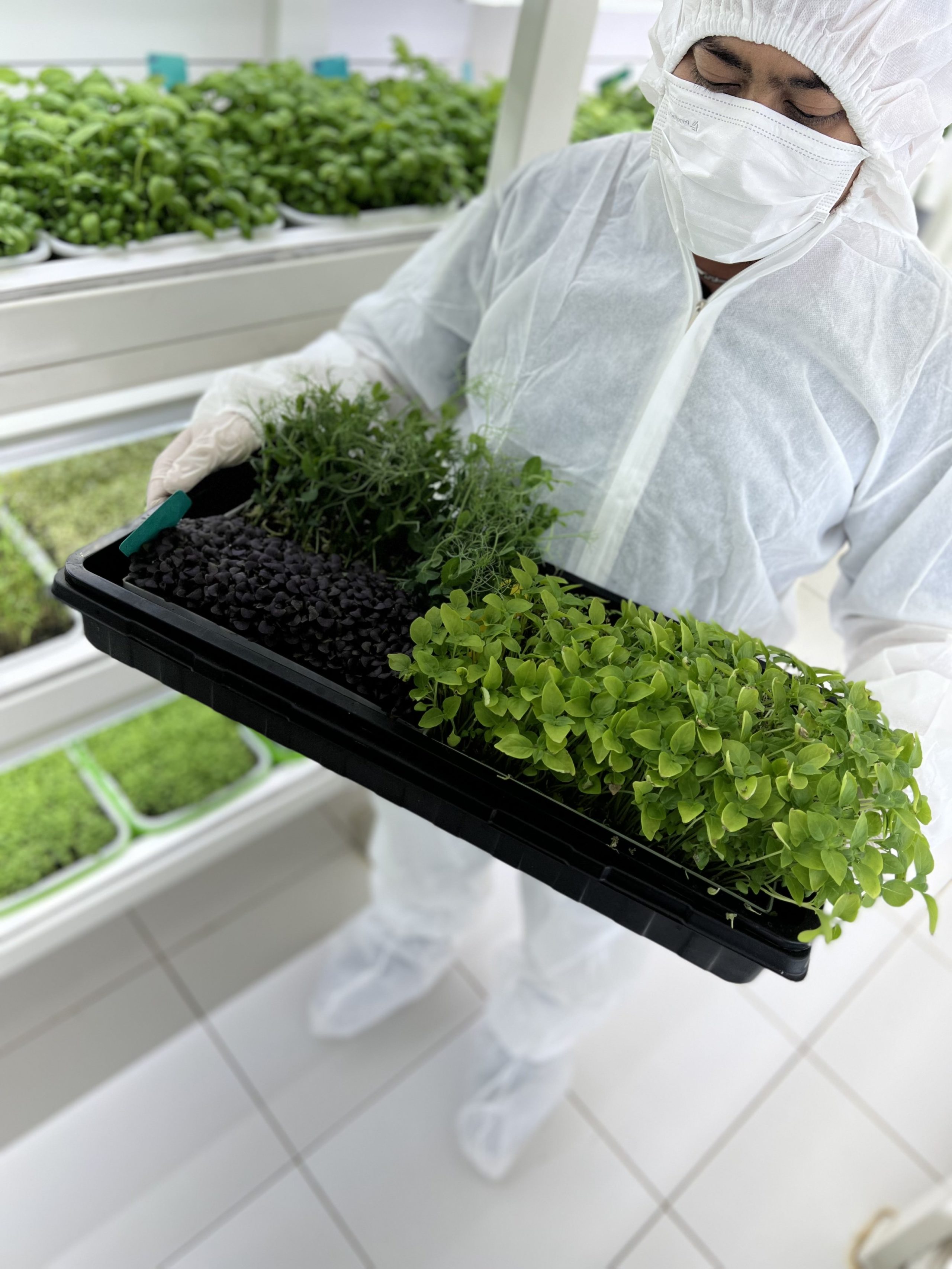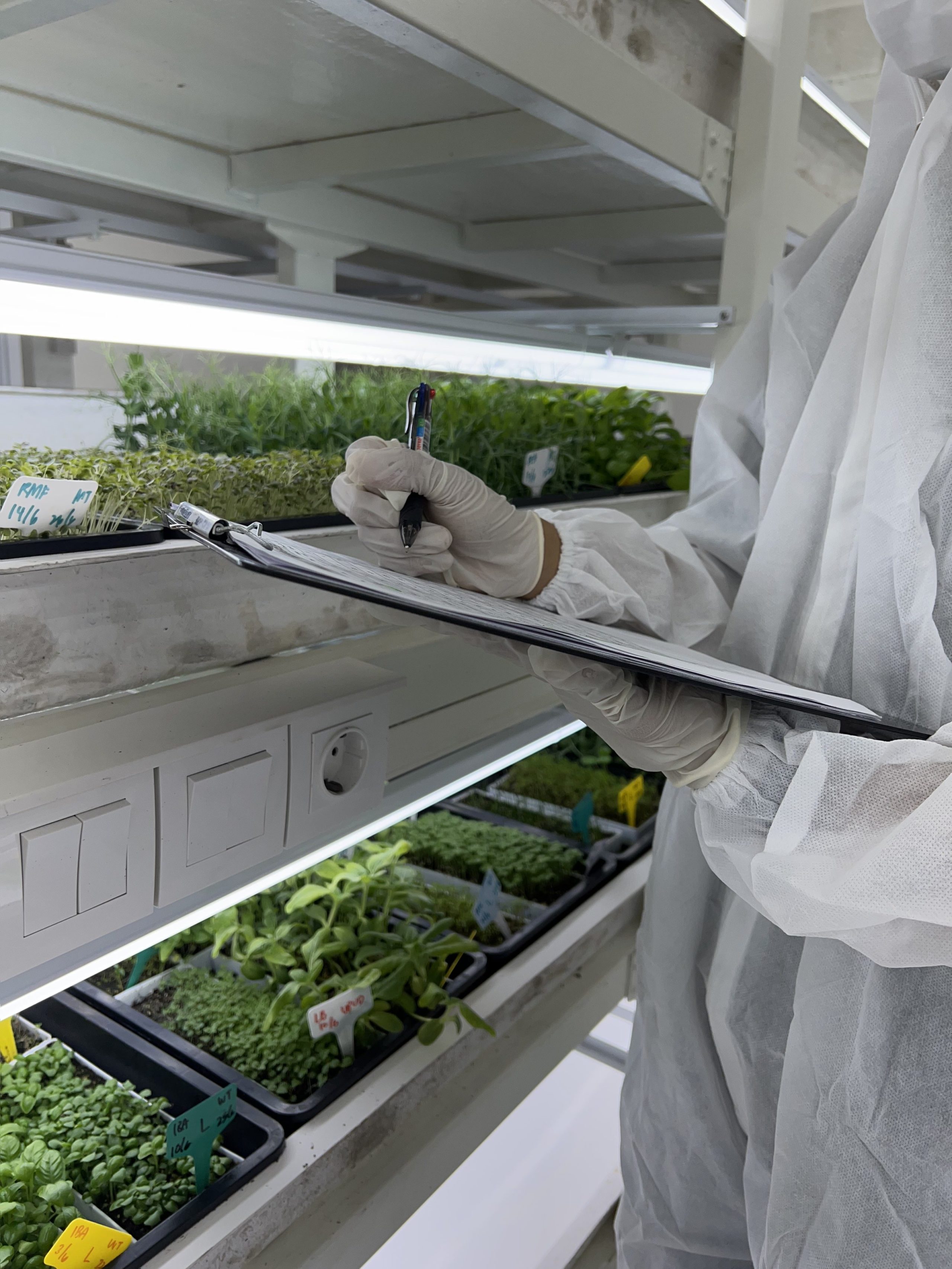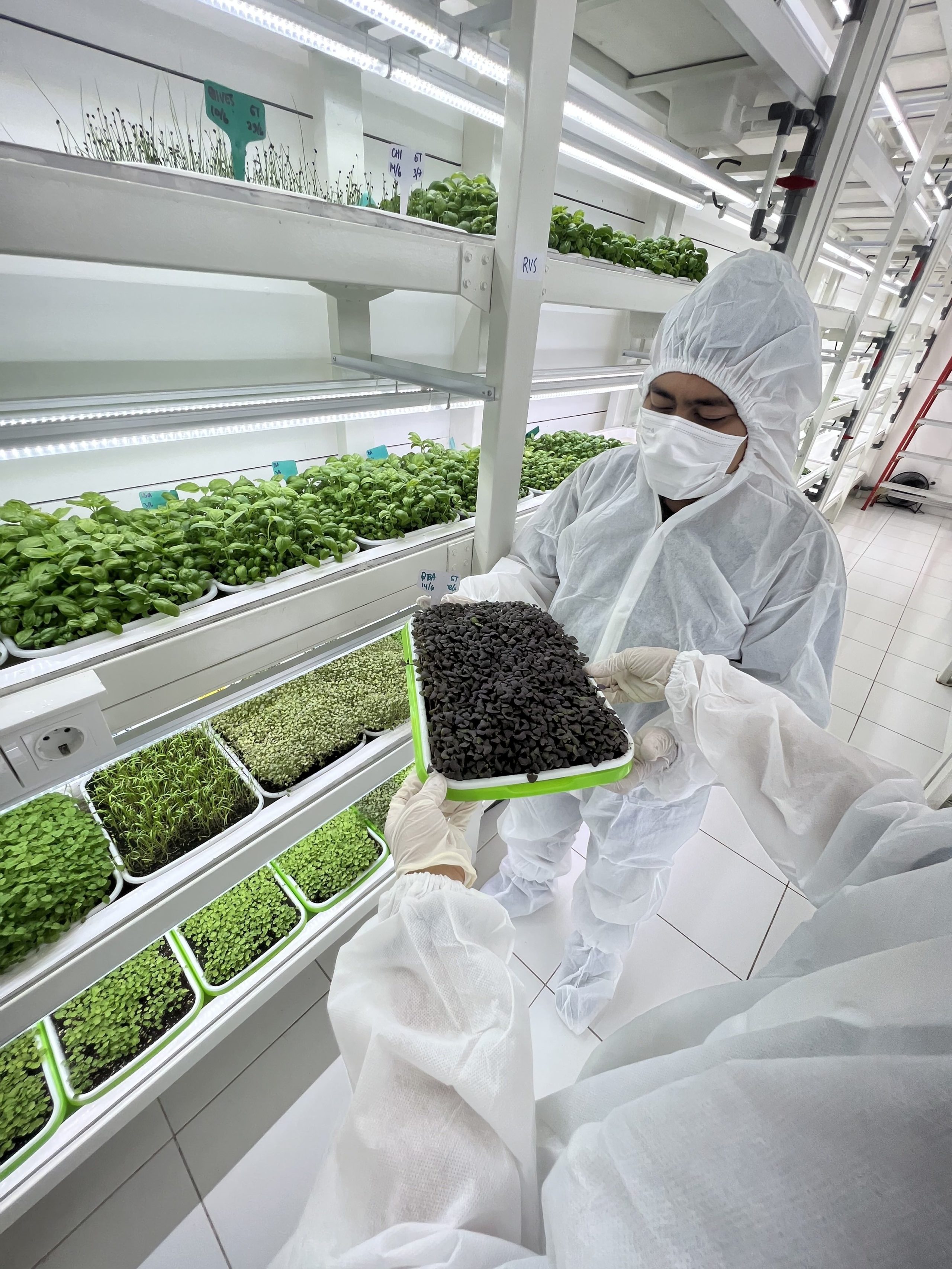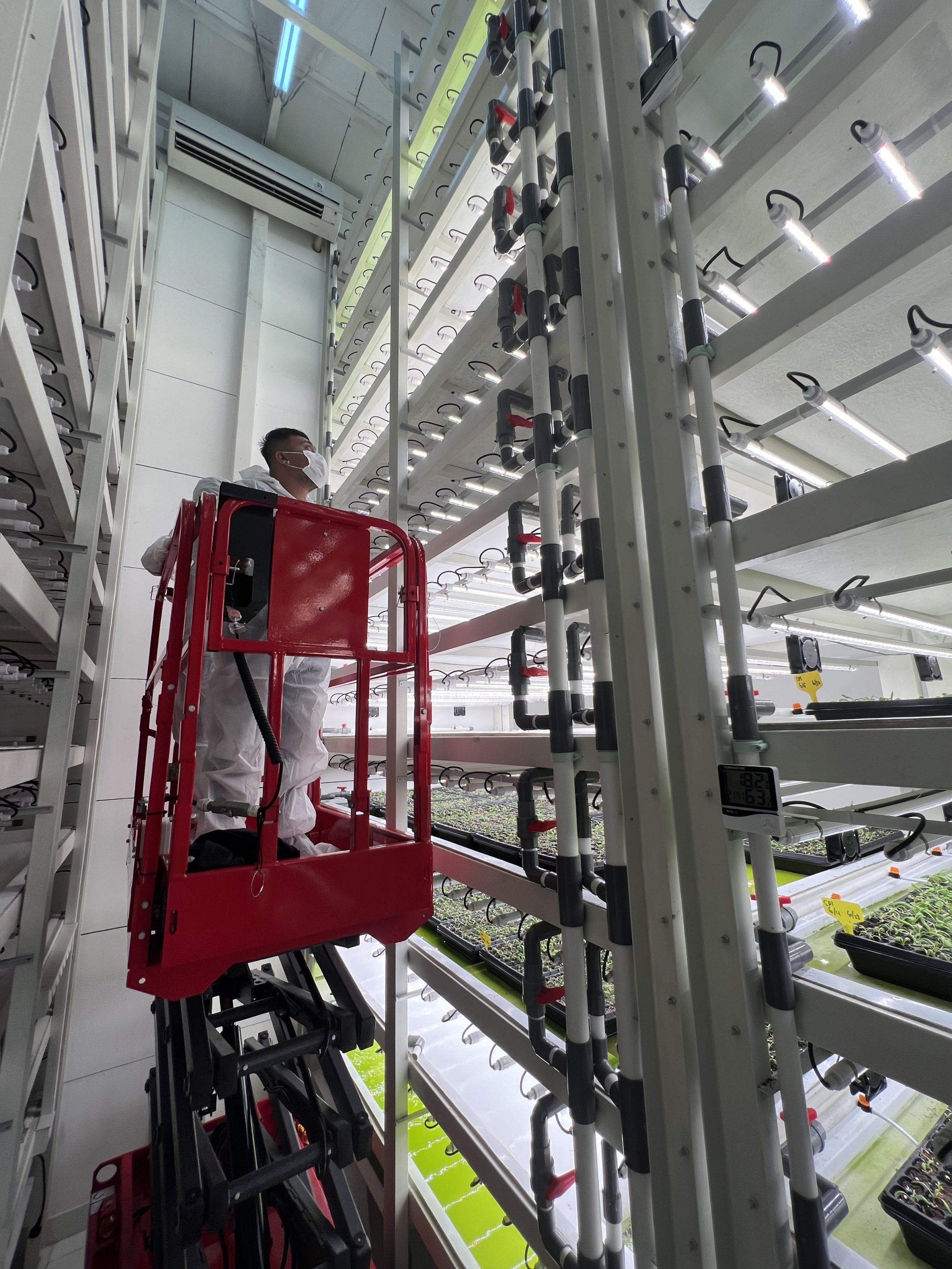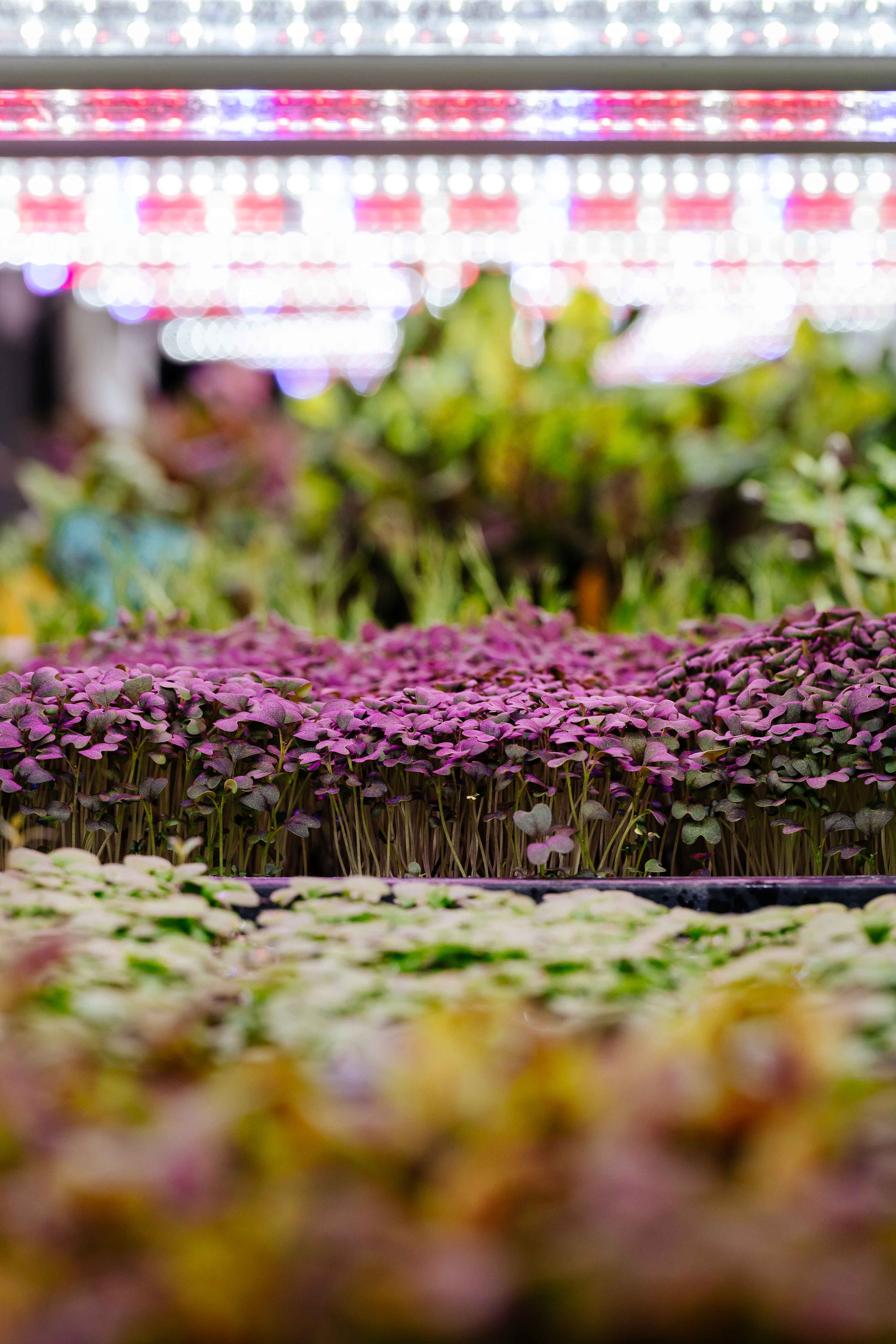The world’s population is projected to reach 9.7 billion people by 2050, making it extremely difficult to provide enough food for all. At the same time, we are losing arable areas daily as a result of urbanization and industrial development. In 2015, researchers found that over the previous 40 years, the Earth had lost a third of its arable areas.
How much more we will lose over the next 40 years is unknown. One of the biggest problems we face is the rising demand for food brought on by a growing population and the shrinking amount of arable land available. Many people believe that vertical farming can provide the solution to this problem. Does agriculture’s future depend on vertical farming? Let’s investigate!
What Is Vertical Farming?
This cutting-edge concept employs indoor farming methods using Controlled Environment Agriculture (CEA) technology. Producing fresh greens and microgreens indoors is made possible by the artificial regulation of temperature, light, humidity, and gases. Vertical farming resembles greenhouses in many respects, where artificial lighting and metal reflectors supplement natural sunlight. The main objective of vertical farming is to increase crop production in a small area.
How Vertical Farming Works
Understanding how vertical farming works requires an analysis of four key areas: Physical layout, lighting, growing medium, and sustainability feature.
First of all, vertical farming’s main objective is to produce more food per square meter. Crops are grown in a tower living structure in tiers to achieve this purpose. Second, to maintain the ideal lighting level in the space, the employment of both natural and artificial lighting is used. Lighting efficiency is increased by using tools like rotating beds.
Thirdly, growing mediums such as aeroponic, aquaponic, or hydroponic systems are employed instead of soil. In vertical farming, peat moss, coconut husks, and other similar non-soil mediums are frequently used. Finally, the vertical farming method employs a variety of sustainability features to offset the energy costs associated with farming. Vertical farming, in fact, uses 95% less water.
Advantages of Vertical Farming
The ability to produce more fresh greens and microgreens from a smaller cultivation area is not the only advantage of vertical farming. The following are some of the most significant advantages of vertical farming:
- Future Planning: By 2050, approximately 68% of the world’s population is expected to live in cities, and the growing population will lead to an increase in food demand. The effective use of vertical farming may be important in preparing for such a challenge.
- Increased Crop Production throughout the year: Vertical farming allows us to produce more crops from the same amount of growing space. In fact, 1 acre of indoor capacity is equivalent to at least 4-6 acres of outdoor capacity. An independent estimate suggests that a 30-story building with a basal area of 5 acres could produce the equivalent of 2,400 acres of conventional horizontal farming. Furthermore, year-round crop production is possible in a controlled indoor environment controlled entirely by vertical farming technologies.
- Less Water Needed for Agriculture: By using vertical farming, we can produce crops using 70% to 95% less water than would be needed for conventional cultivation.
- Not Affected By Bad Weather Conditions: Because of climate change, natural disasters like torrential downpours, cyclones, flooding, and extreme droughts are becoming more frequent. These events can negatively effect crops in a field. Indoor vertical farms offer greater harvest yield reliability throughout the year since they are less likely to take the full brunt of bad weather.
- Increased Production of Organic Crops: Vertical farming enables us to cultivate pesticide-free and organic crops because they are produced in a well controlled indoor environment without the use of chemical pesticides.
- Environmentally and human-friendly: Indoor vertical farming can greatly reduce the risks to workers’ health associated with traditional farming. Heavy farming equipment, diseases like malaria, hazardous chemicals, and other risks are not present for farmers. It is advantageous for biodiversity as well because it doesn’t affect the plants and animals in inland areas.
Conclusion
Vertical farming technologies are still relatively new. Companies are yet to successfully produce crops at scale and make it economically feasible to meet the growing demand for fresh greens and microgreens. The performance of farms like KropNation will determine how important role vertical farming will play in the future to face the challenge of growing food demand.
It is worth noting, however, that technologies developed for vertical farms are also being adopted by other segments of the indoor farming sector, such as greenhouses, which can utilize natural sunlight, albeit requiring much more real estate and longer routes to market.
